For marketing leaders managing multi-location campaigns, producing high-quality printed materials is critical. From banners and signs to brochures and trade show displays, the success of your campaign depends not only on design but also on the quality of printing. At the heart of professional, large-scale printing lies toner—a key component that ensures crisp, consistent, and durable results.
This guide explains what toner is, how it works, why it’s advantageous over other printing methods, and best practices for using it in large-scale projects.

What Is Toner?
Toner is a powdered substance used in laser printers and copiers to create printed images and text. Unlike traditional liquid ink, it fuses onto paper using heat and pressure, allowing high-speed printing and consistent output across large volumes.
Printing powders come in various colors, including the standard CMYK (cyan, magenta, yellow, and black), and can also include specialty shades for brand-specific designs.
How Toner Works in Large-Scale Printing
The printing process using toner generally involves:
- Electrostatic Charging: A laser in the printer draws the image or text onto a drum using static electricity.
- Application: The particles adhere to the charged areas of the drum.
- Transfer and Fusing: The toner is transferred to the paper and then fused with heat, creating a durable print that resists smudging and fading.
This process allows for fast, precise, and high-volume printing, making it ideal for campaigns that require multiple copies of marketing materials.
Benefits of Toner Compared to Other Printing Methods
Using toner for large-scale printing projects offers several advantages over liquid ink or offset printing:
1. Consistency Across Copies
Toner delivers uniform color and sharp detail across hundreds or thousands of prints, which is essential for maintaining brand integrity in multi-location campaigns.
2. Speed and Efficiency
Laser printers using toner can produce high volumes quickly without sacrificing quality, making them suitable for tight deadlines and last-minute print runs.
3. Durability
Toner fuses to paper, creating prints that resist smudging, fading, or water damage. This durability is particularly important for banners, posters, and other materials exposed to handling or environmental factors.
4. Cost-Effectiveness for Large Runs
While initial printer costs can be higher, toner is more economical for high-volume projects because it lasts longer and produces consistent results without frequent refills.
Choosing the Right Toner for Your Projects
Selecting the right toner involves understanding your specific printing needs and your brand requirements:
- Paper Compatibility: Ensure the toner works with the type of paper you plan to use, from standard text stock to heavier cardstocks or coated papers.
- Color Accuracy: Choose toner that matches your brand colors precisely, especially for PMS colors or other brand-specific hues.
- Printer Type: Some toners are designed for certain laser printers or large-format devices. Verify compatibility before purchase.
- Volume Needs: For large campaigns, consider high-capacity toner cartridges to minimize downtime and maintain consistent output.
Best Practices for Using Toner in Large-Scale Printing
To achieve professional-quality results, follow these key practices:
- Maintain Your Printer: Regular maintenance ensures consistent print quality and prevents downtime during critical campaigns.
- Use Quality Paper: Pairing toner with the right paper enhances color vibrancy and sharpness.
- Plan Print Runs Strategically: For multi-location campaigns, centralized printing can maintain color consistency across sites.
- Proper Storage: Keep cartridges in a cool, dry place to preserve performance and avoid clumping or degradation.
Toner in Marketing Applications
Toner is ideal for a variety of large-scale marketing materials, including:
- Banners and Signage: Durable prints that withstand frequent handling and display conditions.
- Brochures and Flyers: Crisp text and vibrant images ensure professional presentation.
- Business Cards and Postcards: Consistency across locations reinforces brand recognition.
- Trade Show Materials: High-volume, high-quality prints for large audiences.
By leveraging toner in these applications, marketing teams can produce materials that look polished, consistent, and on-brand.
Final Thoughts
For directors of marketing, franchise operations, universities, or government agencies, understanding toner is crucial for large-scale printing success. Its speed, durability, and consistency make it a preferred choice for professional campaigns, ensuring your brand appears exactly as intended—every time.
When planning your next large-scale printing project, partner with reliable professionals like The Printery to ensure your materials leverage the full benefits of toner and meet the highest standards of quality.




